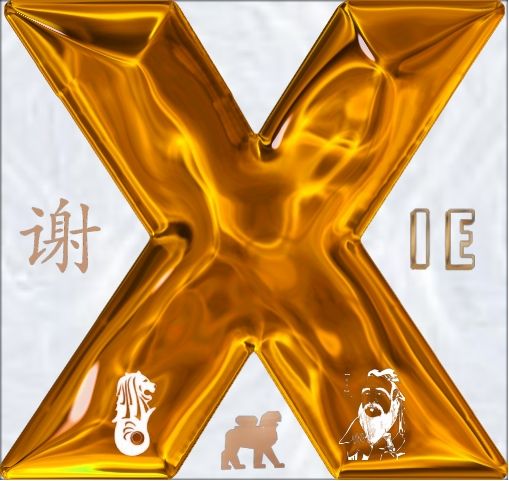The famous Longjing tea
Objavljeno: 03.11.2024


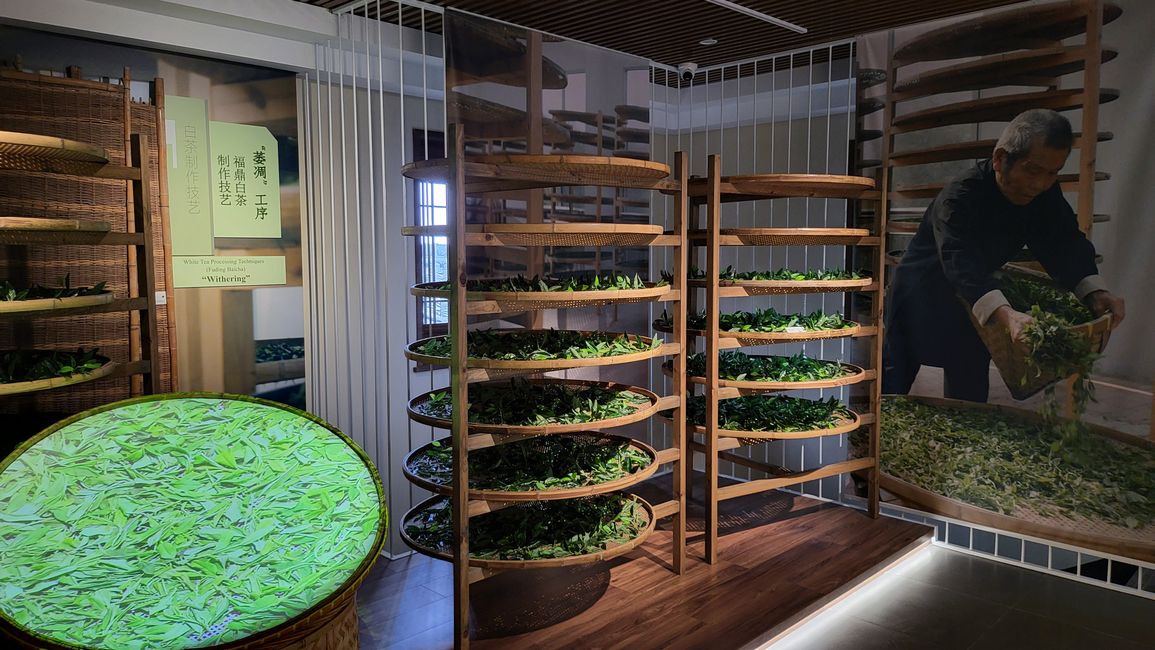
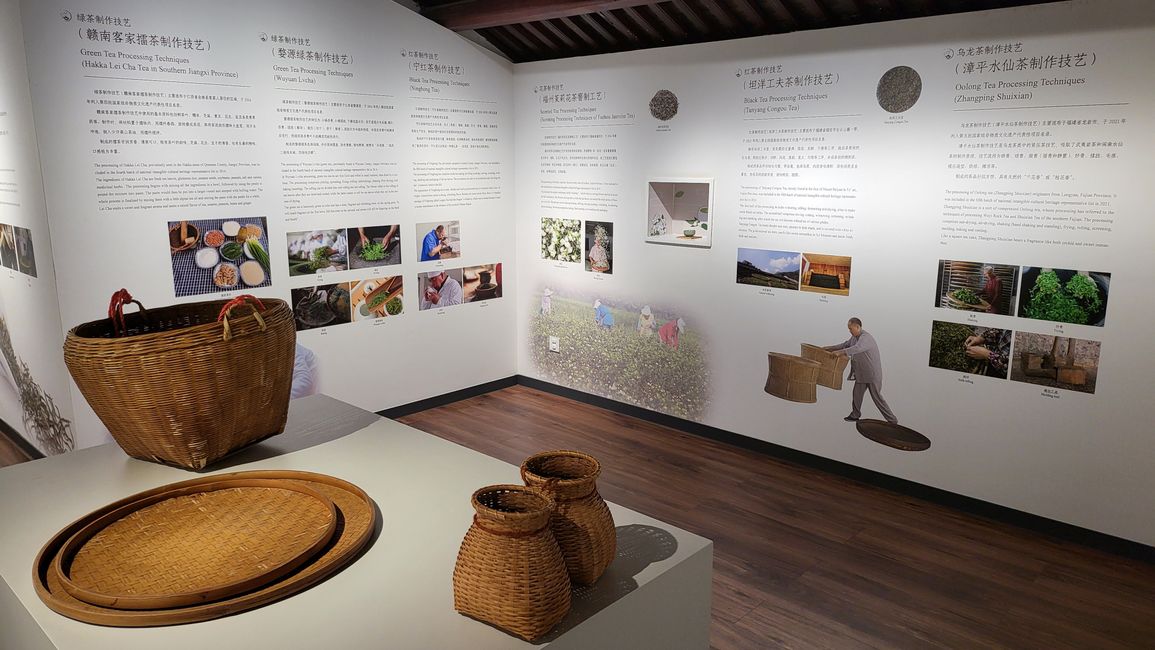
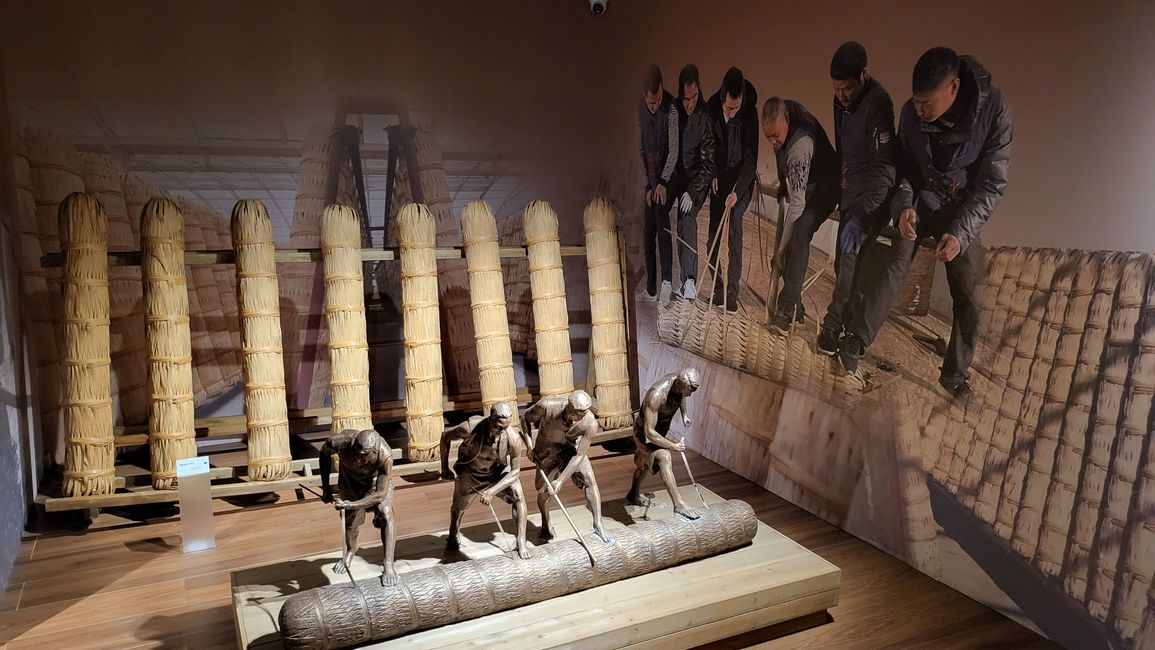
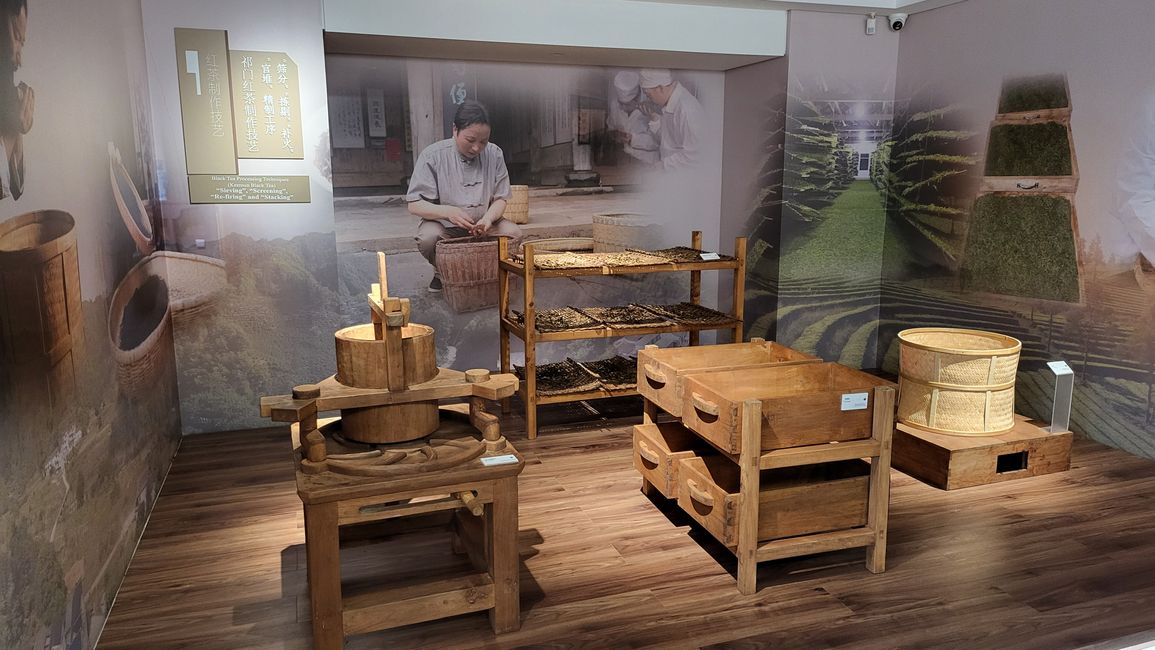
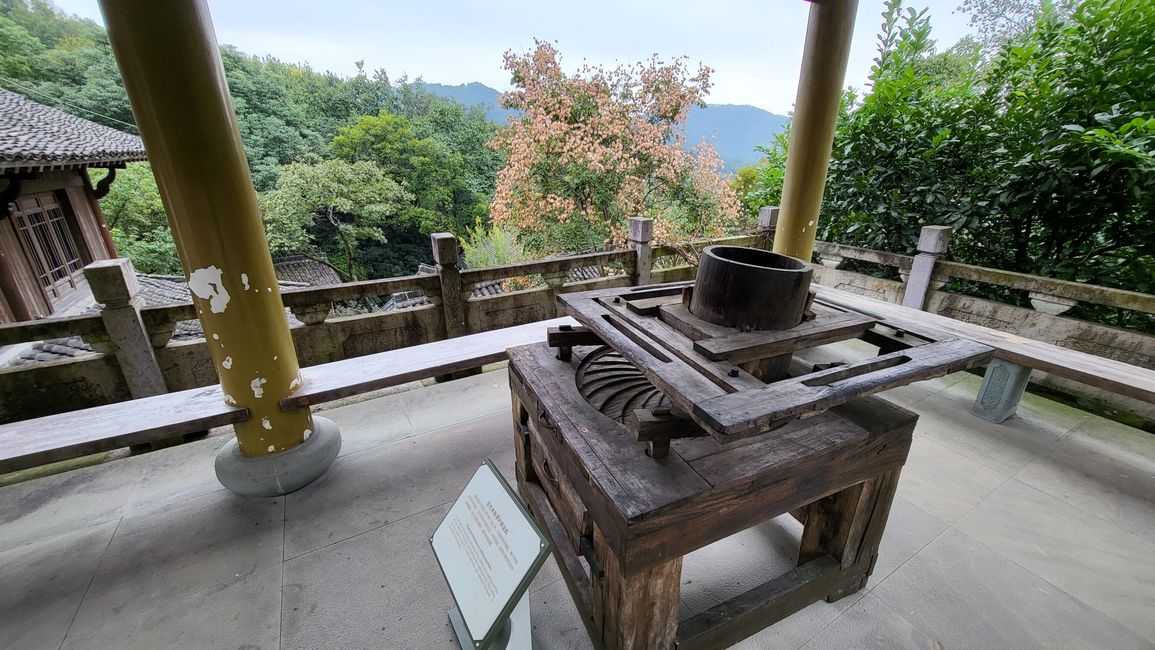
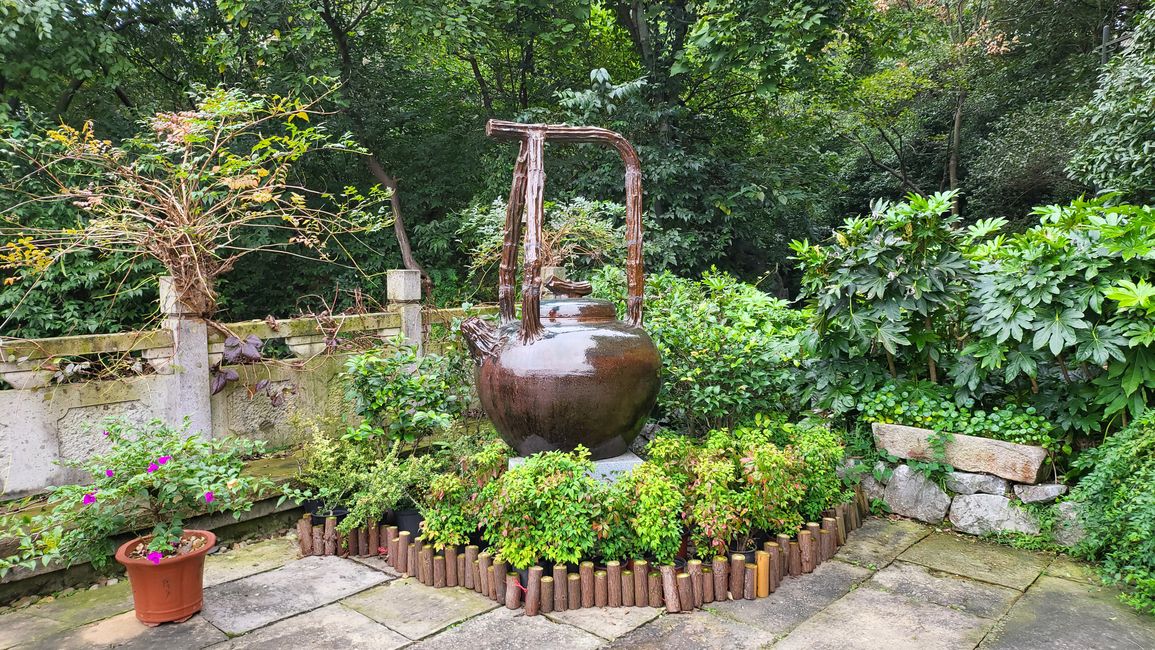
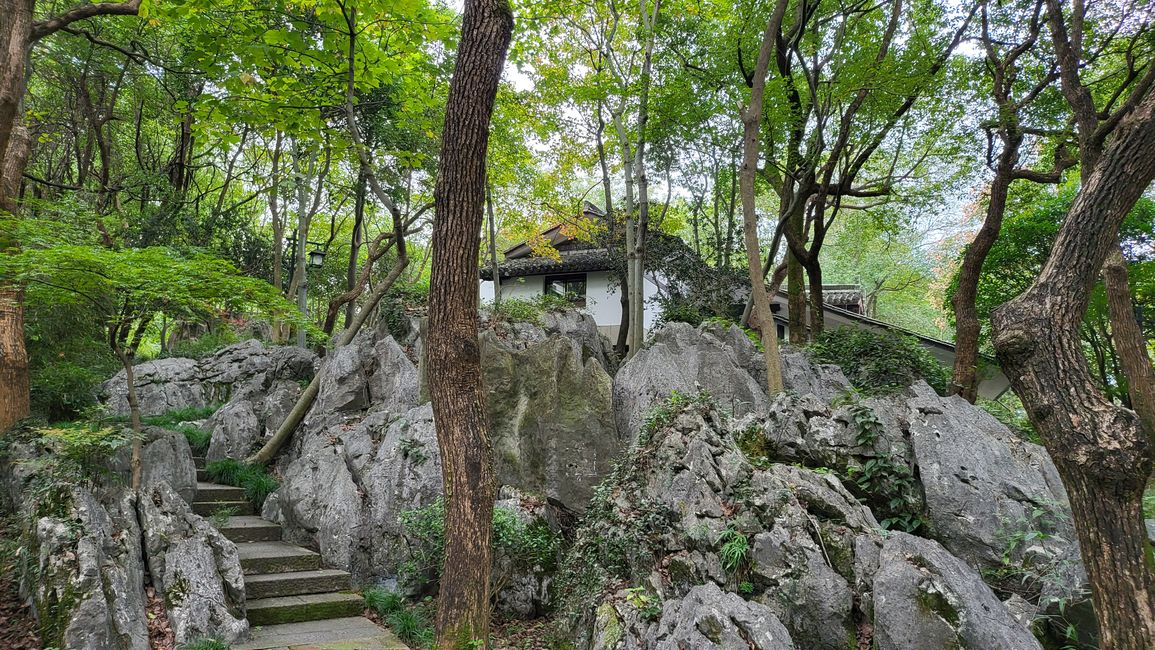
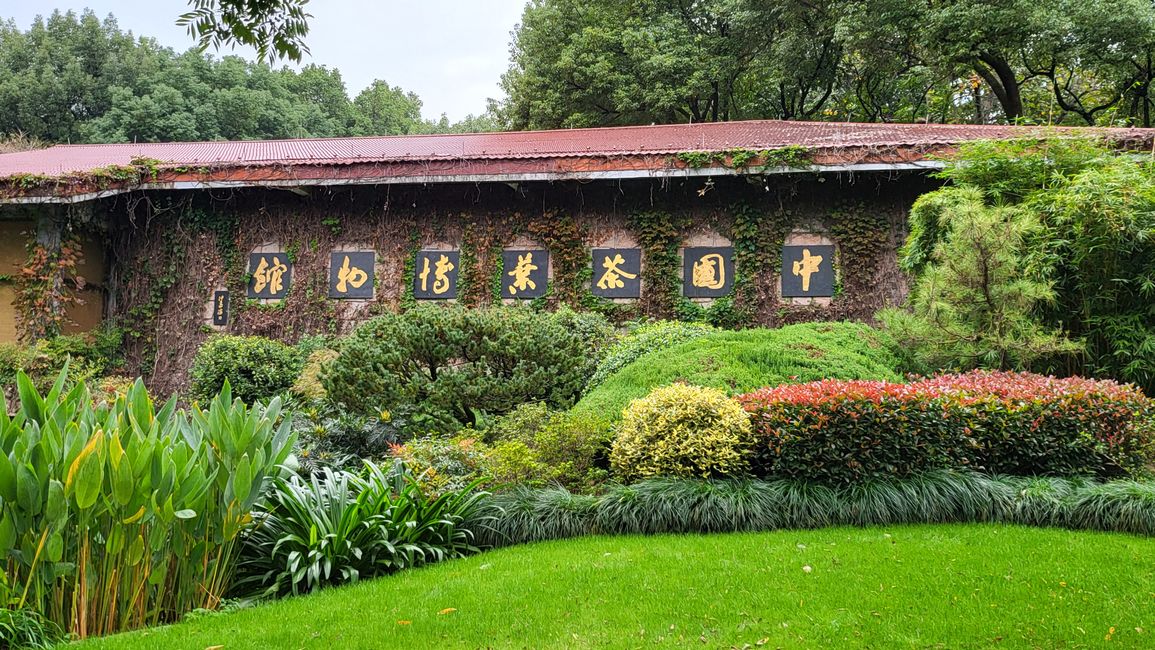
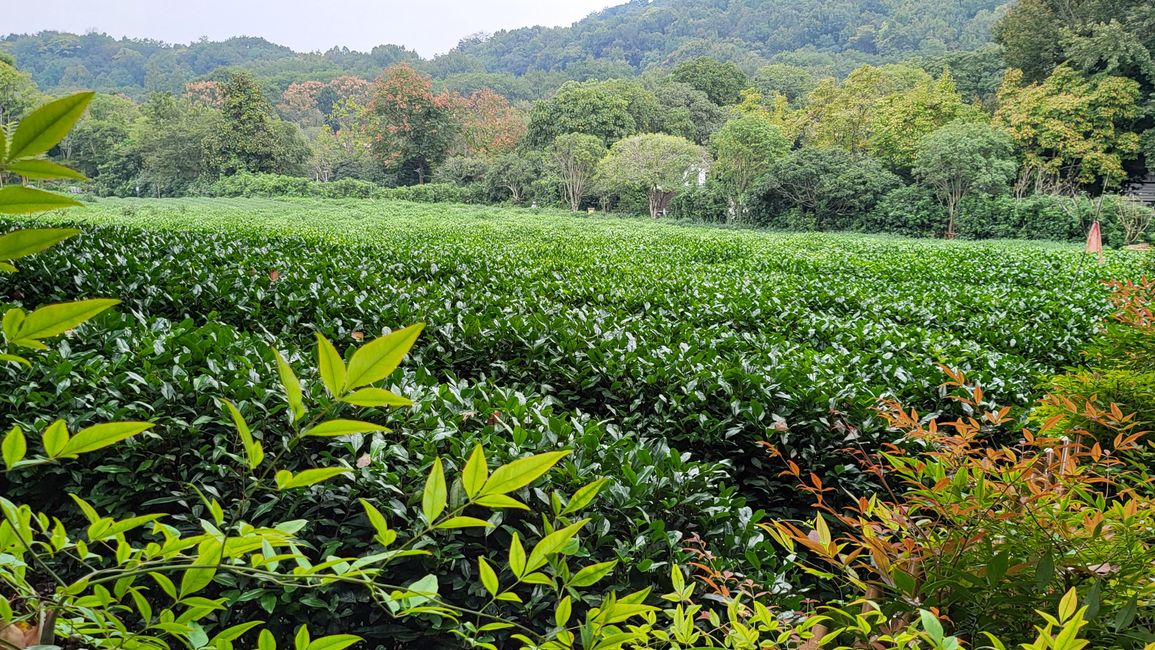
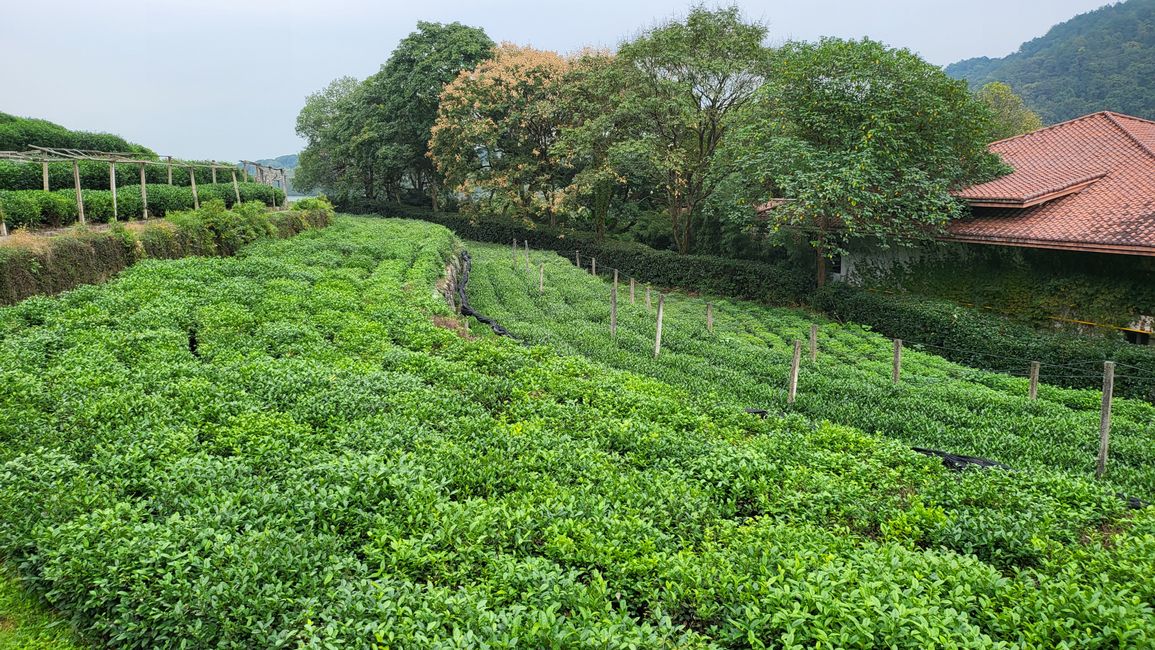
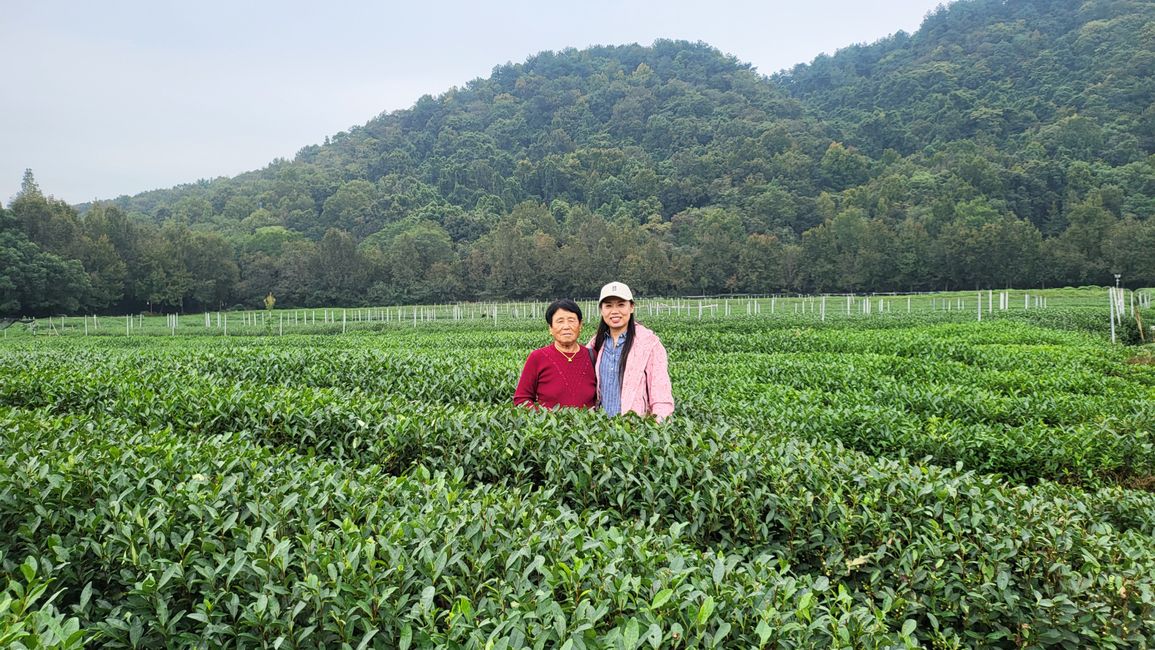
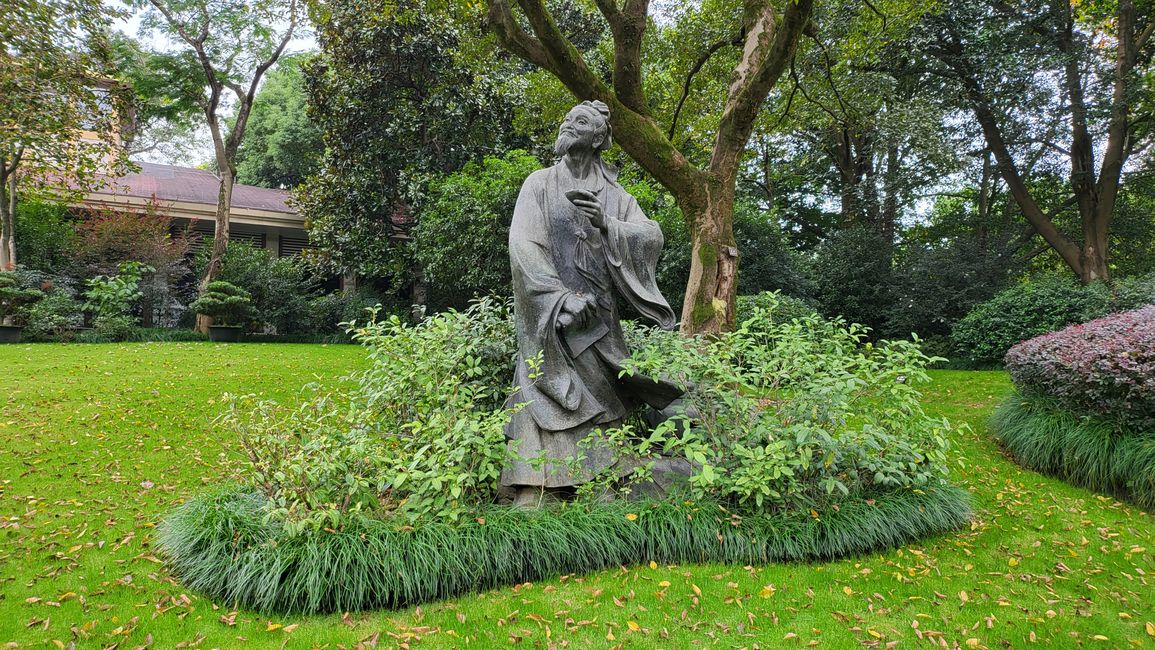
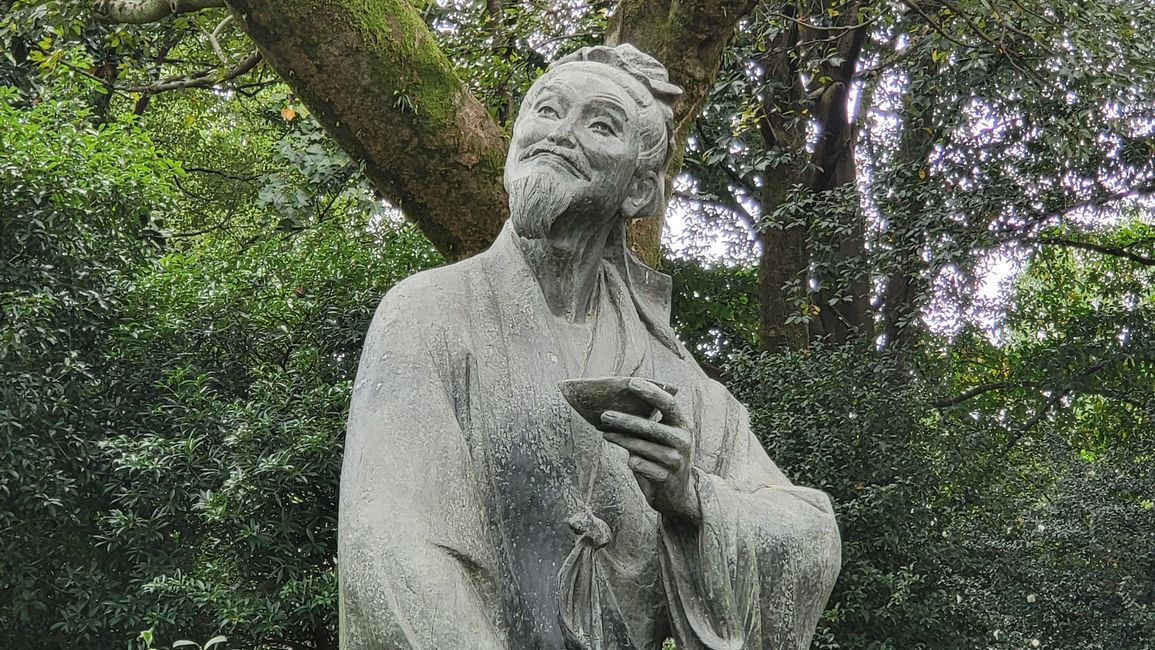
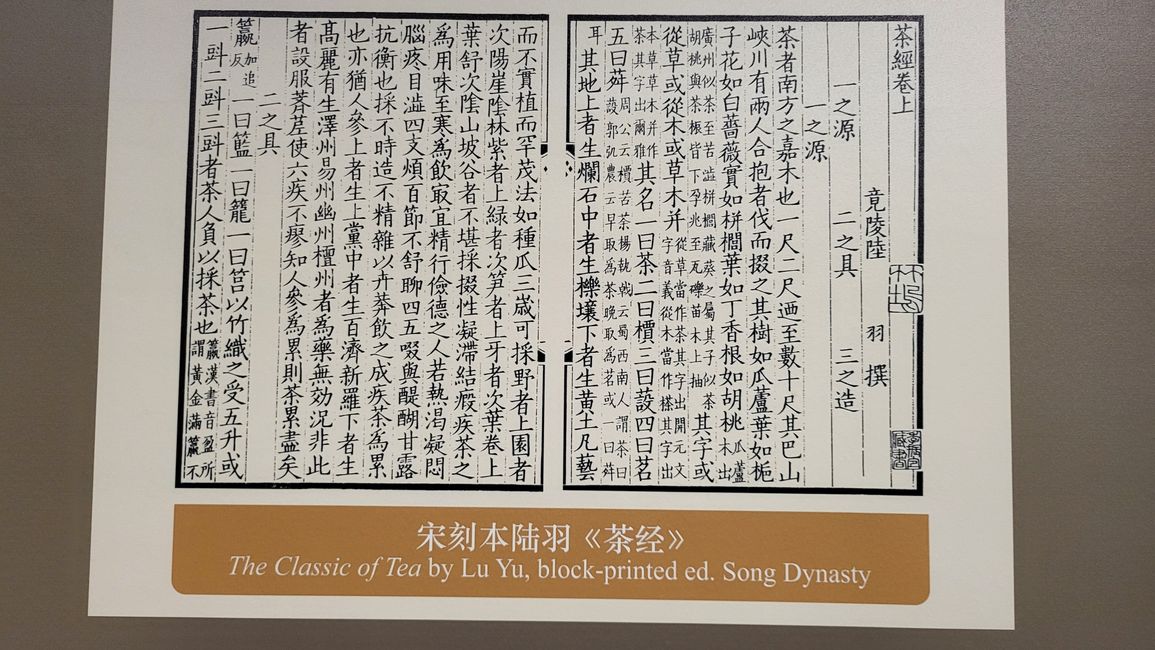
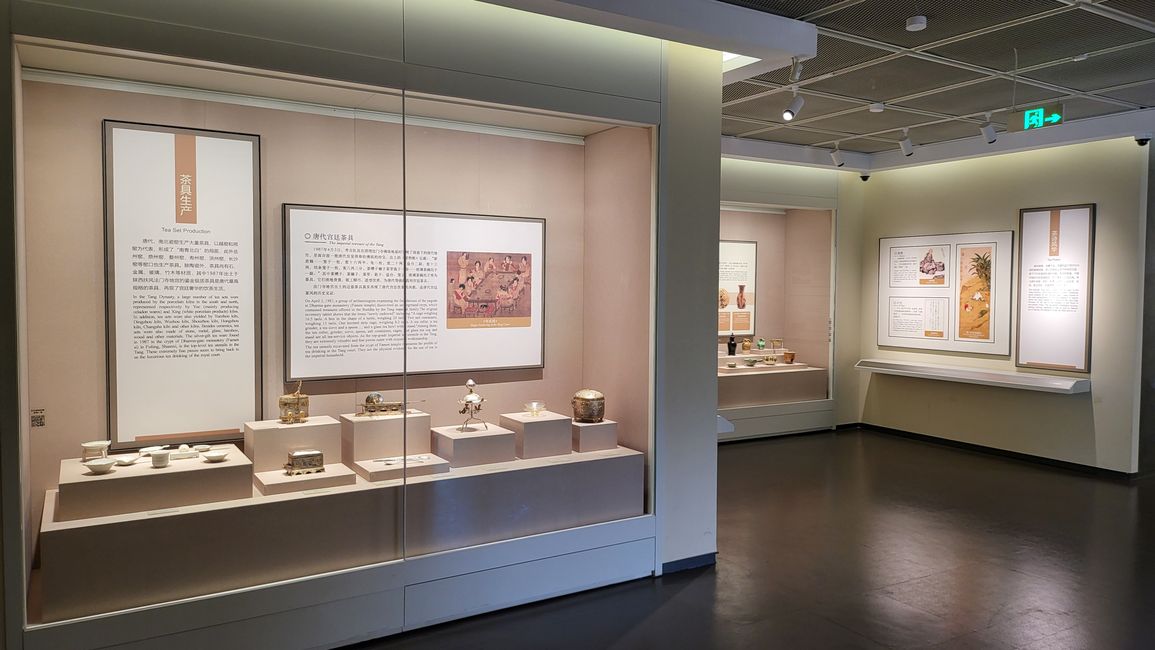
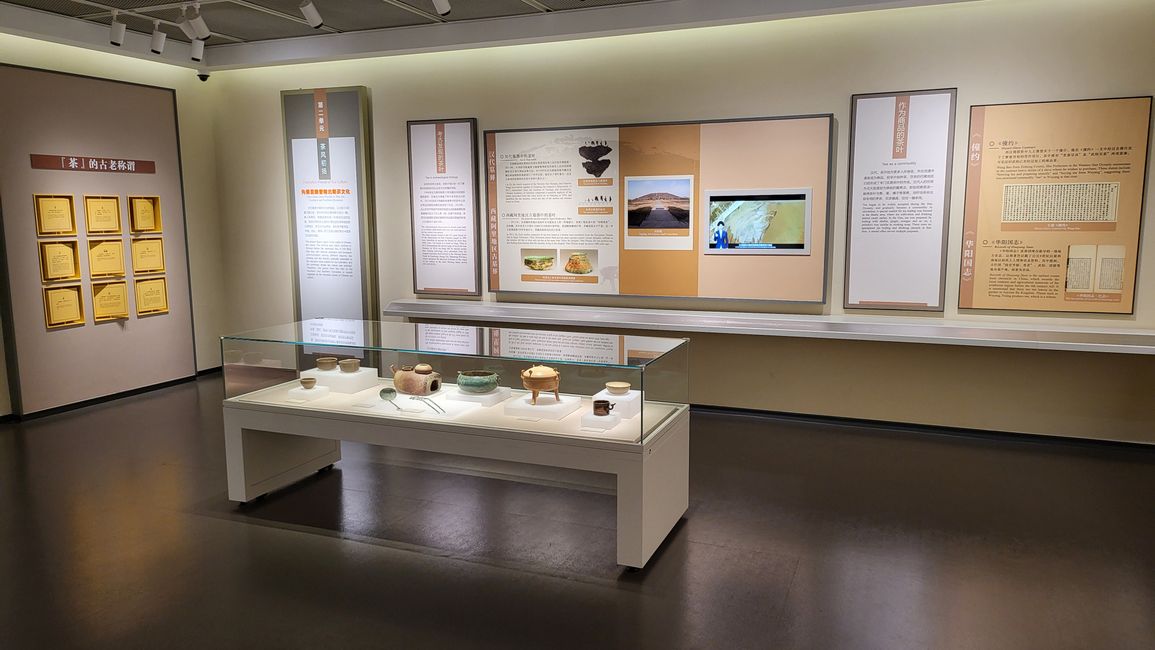
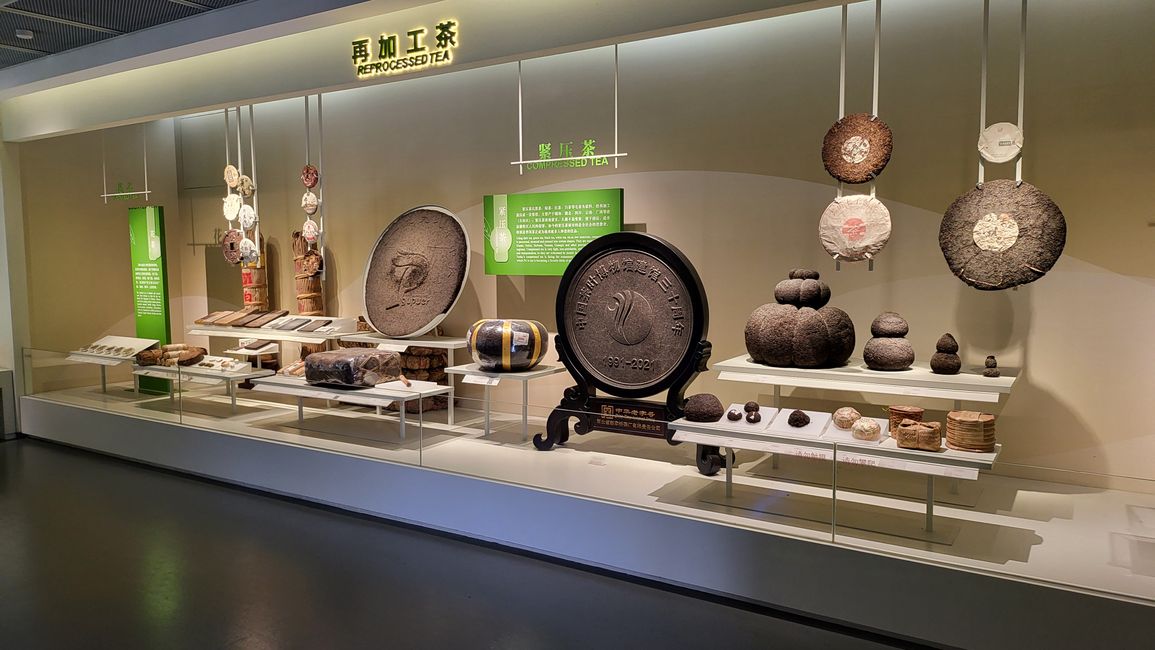
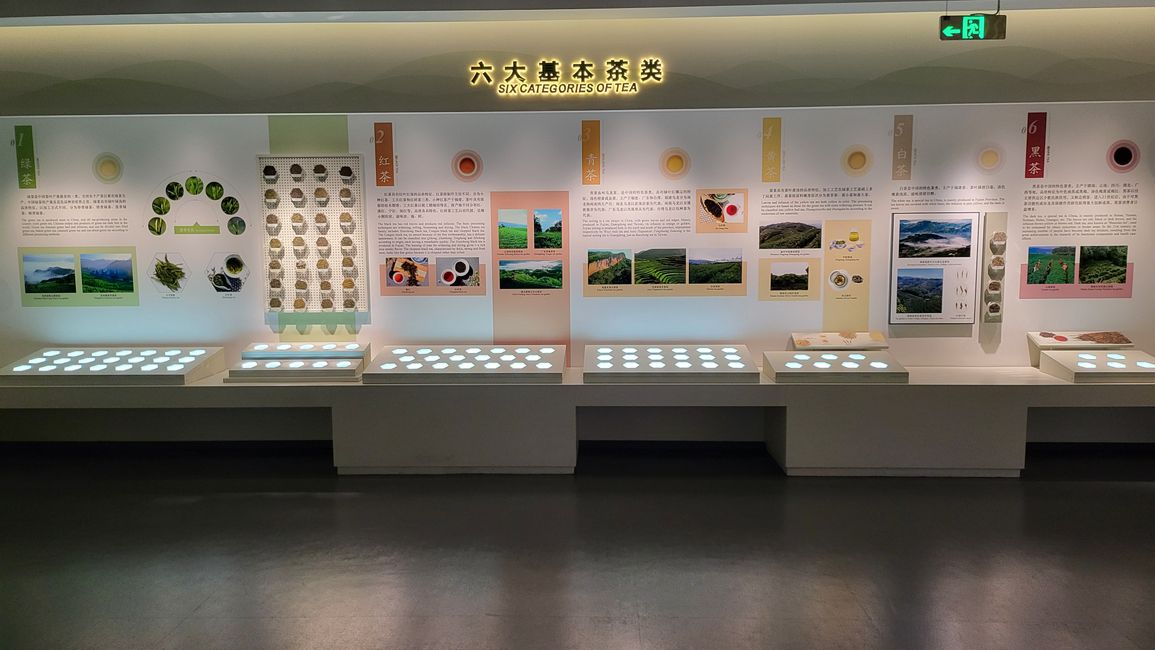
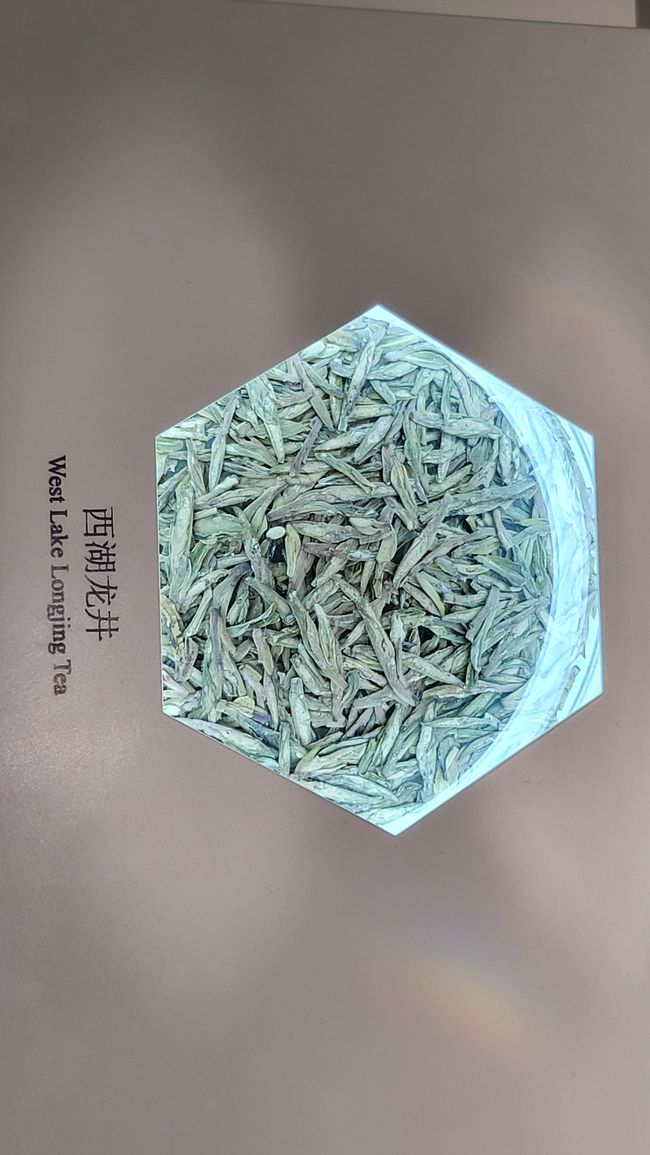
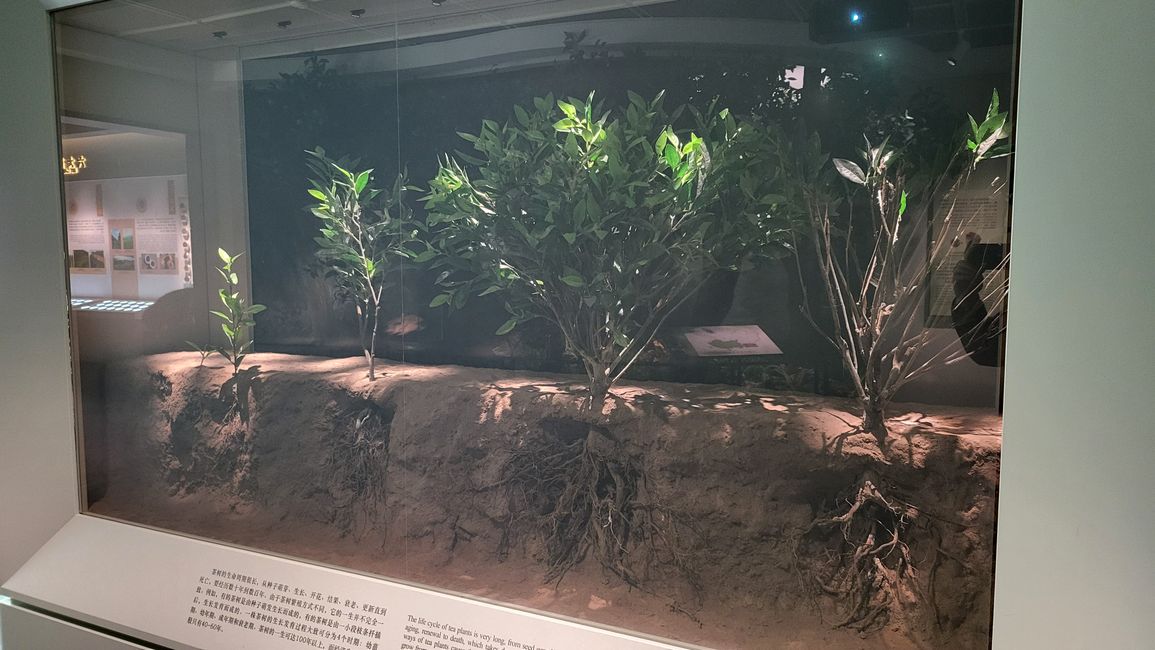
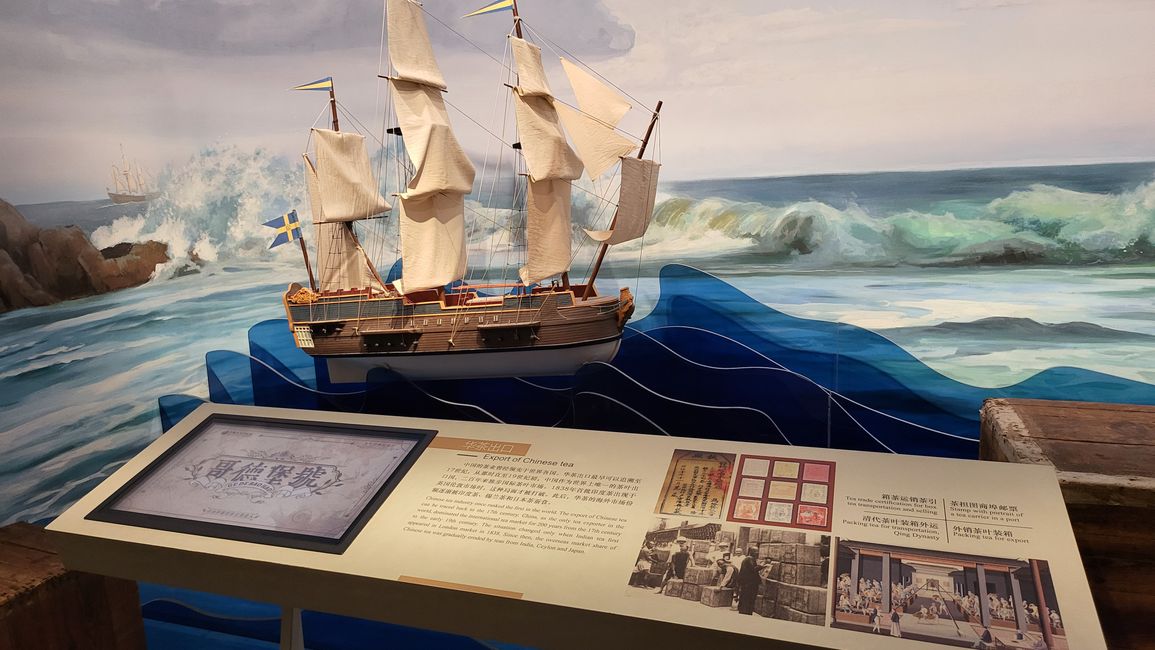
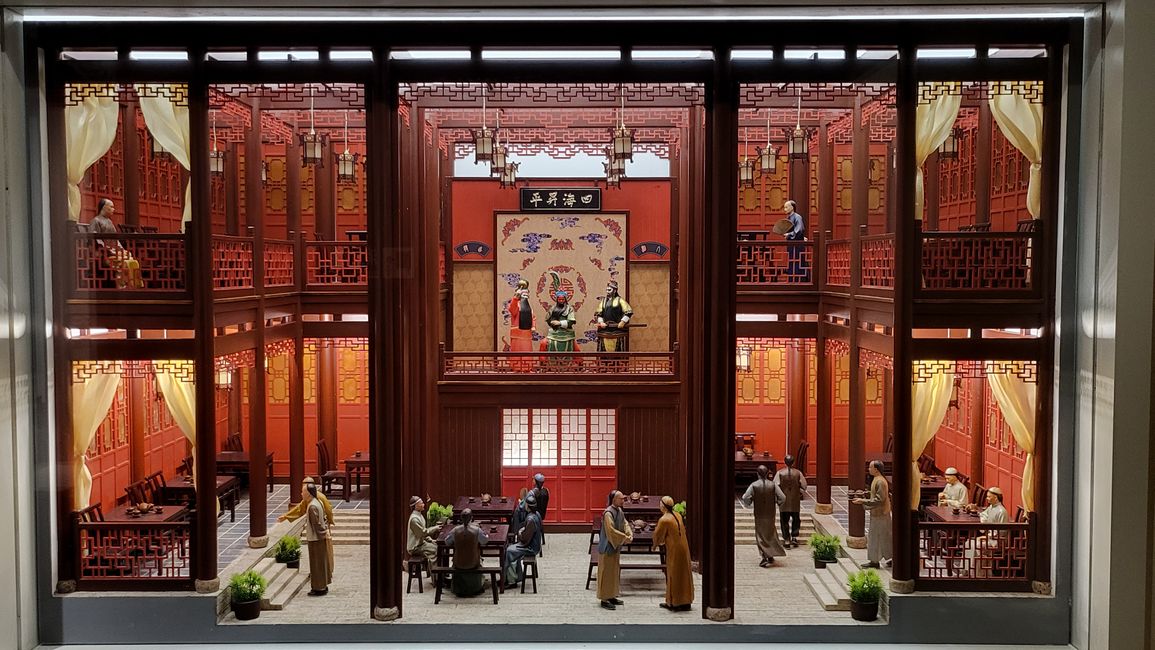
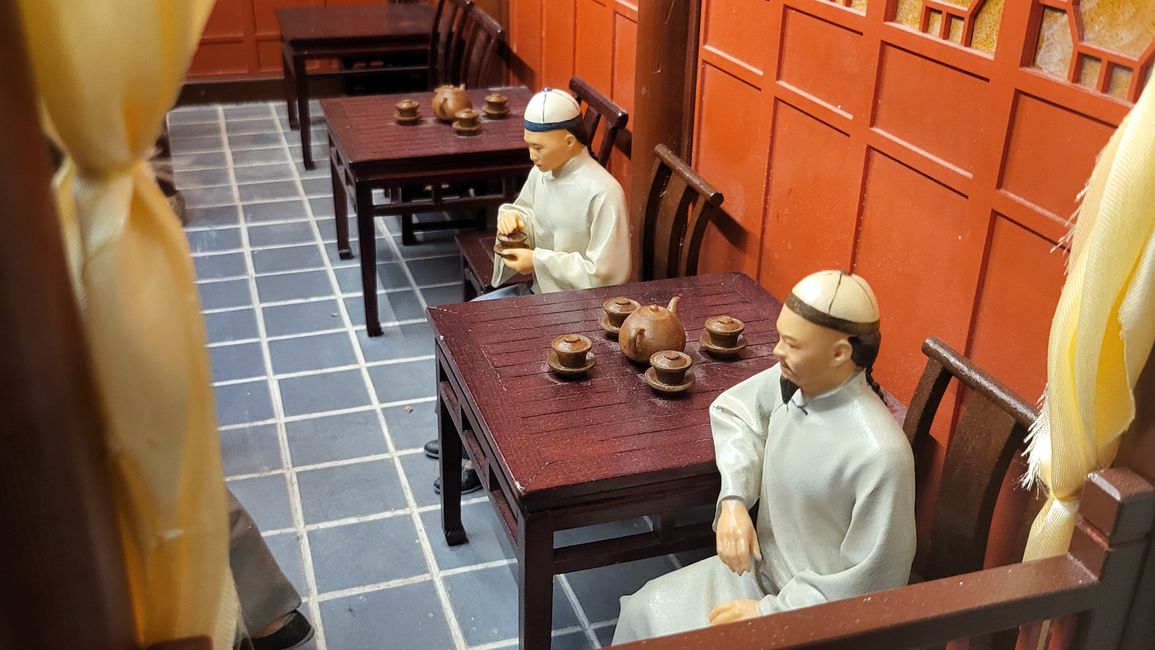
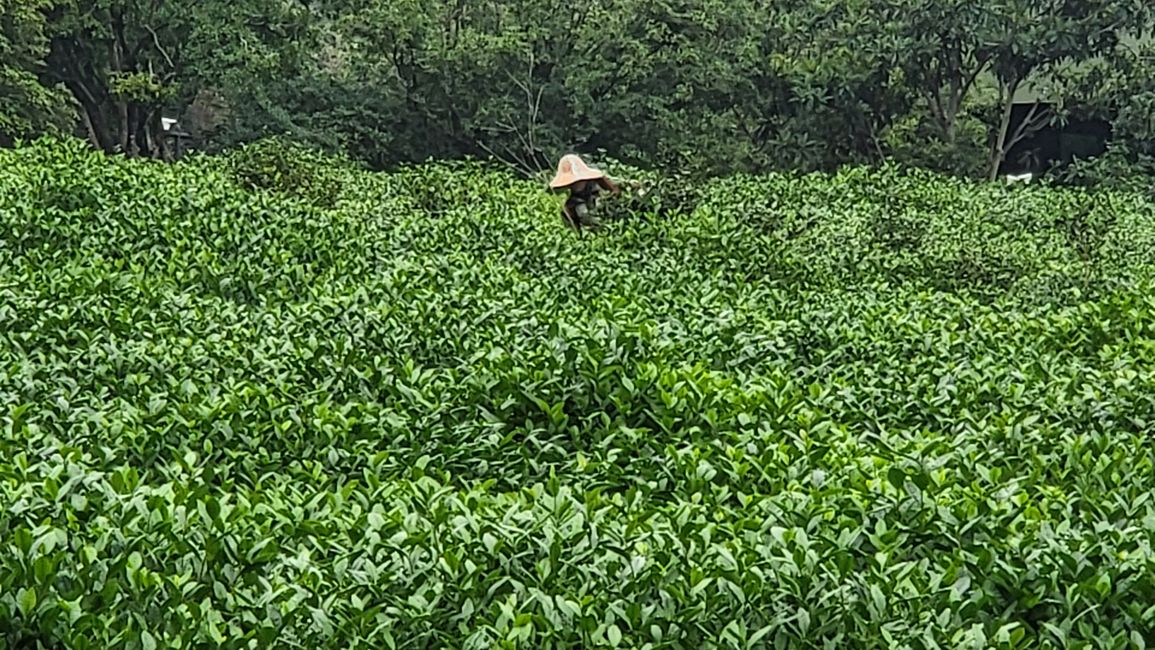
I am a diligent tea drinker, and green tea is practically my standard beverage. Here in Hangzhou lies a famous tea-growing area, which immediately makes me consider the tea museum as a destination. My wife quickly enters the tea museum in the app to order a taxi. I enjoy tracking a taxi ride tour on my smartphone, and now at the intersection west of West Lake, it turns right into the mountains, while the tea museum is located to the left. I discuss my surprise with my wife and when comparing our maps on the smartphone, it turns out she selected a different tea museum as the destination. Okay, fate wanted it this way, and after arriving, we ascend the slope via a staircase. Higher up, exhibition halls are spread out in various pavilions. The special preparation techniques for tea leaves for the respective varieties and regions in China are presented in detail. Regional tea is the 西湖龙井 'Xi Hu Long Jing', or West Lake Longjing tea. Since 2008, its production has been part of China's national intangible cultural heritage. The tea producers have developed a range of distinctive processing techniques for the tea leaves during picking, shaking, beating, stretching, pressing, rolling, tossing, rubbing, and compressing through centuries of experimentation, resulting in West Lake Longjing's flat shape, delicate green color, light tea infusion, full-bodied, chestnut or soy-milk-like aroma, and mild taste. These characteristics have earned it the title 'Queen of Green Tea.' Behind the exhibition halls, there is a forest with rocks and small pavilions, but unfortunately, no plantations. Therefore, we now take a taxi to the other tea museum and initially roam the tea plantations there. The dreary weather makes me despair while taking photos, and I also don’t see any plantation workers, so my wife and mother-in-law have to go into the bushes for the photo. To the side of the museum, there's a cheerful statue of Lu Yu, who lived from around 733 to 804. He wrote the world’s first comprehensive book on tea during the Tang Dynasty: 茶经 (Cha Jing), a classic work on tea. In it, he connects tea drinking with social norms and traditional morals. He also coined the term 茶 (Cha, the Chinese word for tea) for use with tea. We enter the museum, where not only green tea is presented but also other types of tea are introduced. There are almost 400 registered tea varieties in China. During the Tang Dynasty, tea drinking spread to the northern part of the country. Incidentally, there are several theories about how it came to be that tea leaves were thrown into hot water for drinking. The favored theory among scientists suggests that tea started as a medicine. The famous scholar from the Qing Dynasty, Gu Yanwu, wrote in 1695 that the spread of tea drinking was due to the 223 B.C. conquest of the Shu tribal people by the Qin, who founded the first Chinese empire. The life cycle of tea plants is very long. Some tea plants grow from seed germination, while others develop from cutting a short branch. The lifespan of tea plants can exceed 100 years, while the economical production duration typically lasts only 40 to 60 years. On the upper floor of the museum, there is a small model house of a tea house displayed. Tea houses emerged particularly during the Qing Dynasty across the country. While we wait outside the museum for the taxi, I do spot a plantation worker who is currently trimming the bushes. He is far back in the tea plantation, so I need to push my camera zoom to the limit. Nonetheless, seeing is seeing, and I was able to witness the tea work personally.
Odgovor
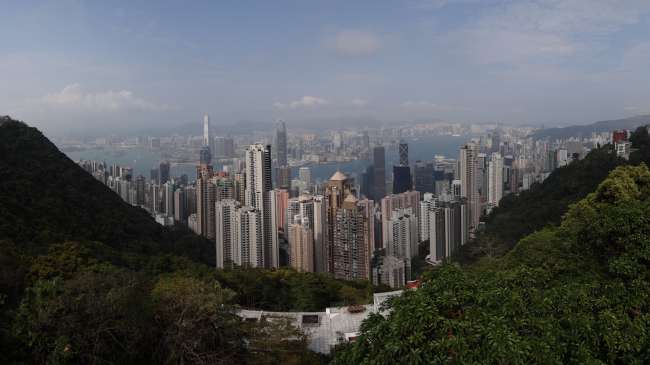
Izvješća o putovanju Kina

